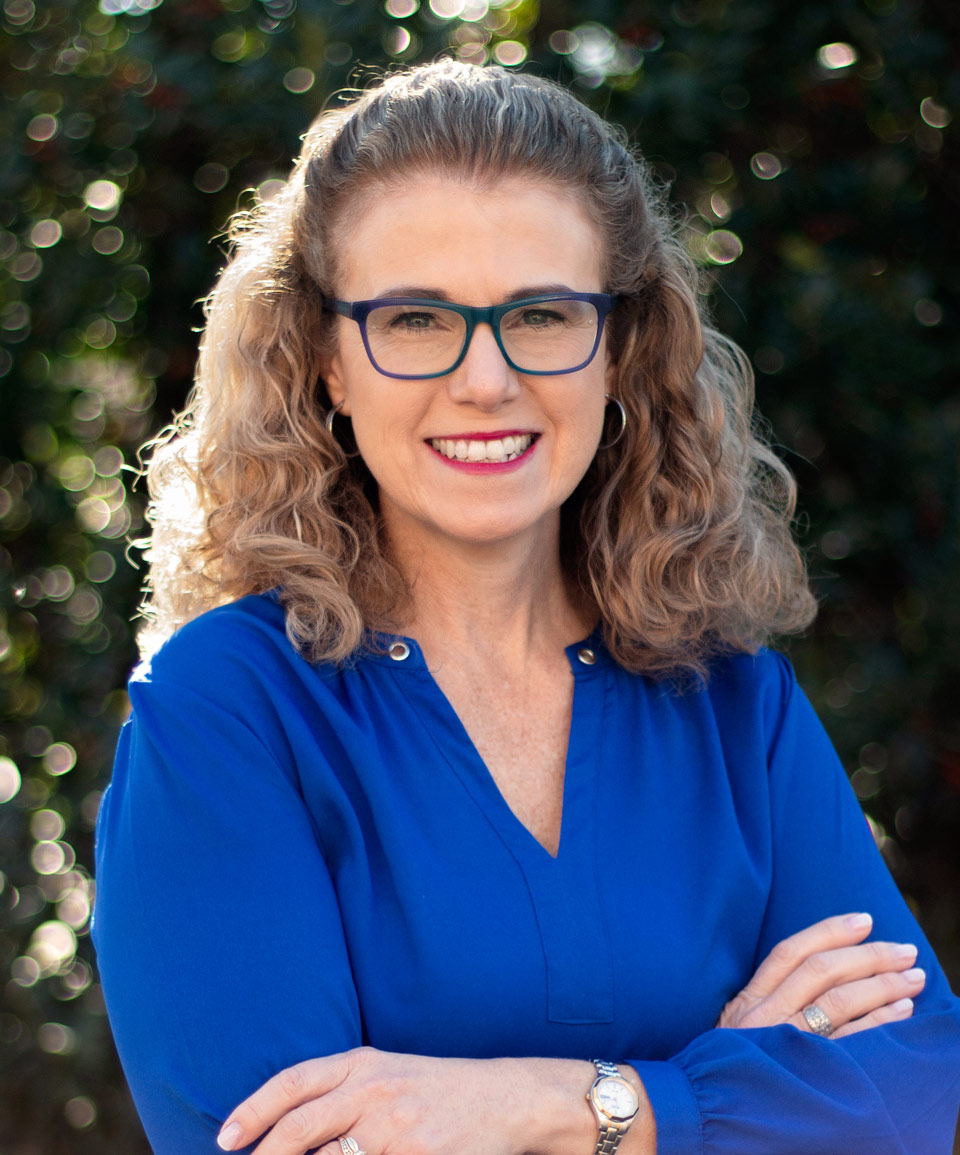In February, I had the privilege of traveling with a few of my colleagues to the 2023 Cattle Industry Convention and NCBA Trade Show held in New Orleans. I had the privilege of speaking as part of Cattlemen’s College. We attended sessions, walked the showroom floor and had many impactful conversations about what’s next for our industry. I left with four major takeaways:
1. It’s All About the Weather
CattleCon is the only conference I attend that features a meteorologist. It makes sense because the weather is a key, yet uncontrollable factor for cattlemen. During this year’s CattleFax session, meteorologist Matt Makens walked us through how the La Niña and El Niño weather phases affect drought and temperature. During the first part of this year, the U.S can expect our current La Niña phase to shift away. That is good news because it signals that the drought conditions many of us are enduring (my family’s farm included) will eventually come to an end. When? Not even Matt’s crystal ball could tell us for certain. But when it does, it won’t be like flipping a switch on herd rebuilding. It is going to take time for the rains to arrive and truly replenish the soil. That means our cattle supply issue will remain tight for some time. CattleFax estimates U.S. beef cow inventory to decrease another one million head this year after a 720,000 head decrease in 2022. Their forecast for 2024 still shows the cow numbers declining. Not a pretty picture. So while some segments have felt this pain in the last year, more pain in the form of significantly lower supply will ensue.
But let’s not forget our industry is global. While the U.S. has been dealing with drought conditions, Australia has been soaking up the rain and dealing with flooding, as it was the ninth wettest year on record for our friends down under. Rains equal grass and that sets them up for a strong production year. Good weather in Brazil means we can expect higher production there too, but Europe to-date has had less snow so they will most likely be drier.
The U.S. will have less product to export, but it will be high priced whole muscle beef. Meanwhile, the countries we typically import from should be able to help make up the difference, allowing the U.S. to import less expensive trim for grinds. By truly leveraging our global connections, we can source enough beef to meet consumer demand, despite the weather phase we find ourselves in.
2. The Next Phase of Sustainability
Attitudes around sustainability appear to be shifting. In years past, there was a big effort at convincing the meat industry that we need to talk about our sustainability efforts. This year, it really felt like the farmers and ranchers I spoke to understand the importance of this and were looking for direction on what to share and how. And that’s huge progress for our industry.
As I walked the trade show floor and saw some of the awesome sustainability-related technologies on display, I became very optimistic about the next phase of sustainability. Companies like C-Lock and Vytelle showcased technologies that measure methane emissions and feed efficiency as well as identify and multiply elite genetics. As these technologies are introduced to consumers and utilized by major meatpackers, we’ll be able to prove what we’ve known all along – we are consistently providing more pounds of beef from fewer animals through advancements in areas like feed efficiencies. Having this data will (rightly) move cattle out of the environmentalist spotlight.
3. Partnerships Pay Off
Another part of the convention that left me feeling really hopeful was the number of conversations happening across different areas of the supply chain. As the industry works holistically to move the needle on sustainability, there are more conversations than ever about sharing data to see every segment of the channel win. Telling the story of our products from farm to fork is going to continue to be imperative for consumer acceptance; partnerships throughout the supply chain are key to making that happen and keeping our industry strong.
4. The Future Is Bright
Looking to tomorrow and focusing on strengthening our industry sometimes feels scary as fewer and fewer kids seem to want to stay on the farm. But seeing the young folks that were taking part in the National Block and Bridle Convention during NCBA gave me hope. So many students who love agriculture were in the sessions and on the trade show floor asking great questions and sharing unique insights. And as we talk about partnerships and communication and building a stronger supply chain, these young adults bring more new ideas to the table than I could have ever imagined. Production agriculture isn’t dying, it’s just changing. And if the young people at this year’s convention are a sign of what’s to come, our future is bright.
As the weather changes, sustainability evolves, more partnerships come into play and our youth show their passion for the future, I left CattleCon 2023 with hope and pride for what is to come.
